- Home
- Categories
- Blogs
- About Us
- Contact Us
- © WhatAboutPets - All rights reserved.
Engage and Educate: provide engaging, accurate content on pet care, health, and wellness to inform pet owners.
Inspire Innovation: share innovative DIY projects and stories to inspire pet owners to create enriching environments for their pets.
Build Community: foster a supportive community that celebrates the bond between pets and their owners.
promote Responsibility: Advocate for responsible pet ownership and the wellbeing of all animals.
Support Conservation: highlight the importance of conservation efforts for the natural habitats of pets and wildlife.
Celebrate Diversity: encourage an appreciation for the diversity of pets, from the common to the exotic, enriching our lives and understanding.
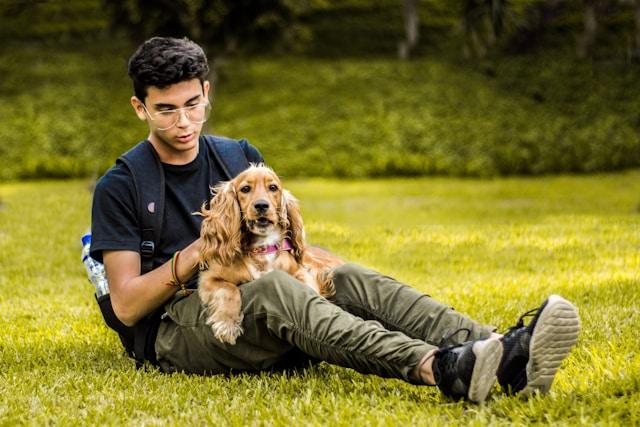
Get the latest news and updates from us.
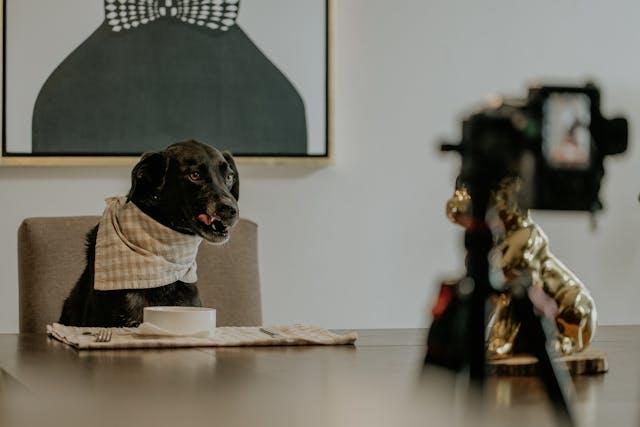
“Can Dogs Have Black Pepper?” No, it is not safe to feed black pepper to dogs as it can irritate their digestive system.
While black pepper is a common seasoning in human cuisine, it poses several risks when fed to dogs. This article will explore why black pepper should not be part of a dog’s diet.
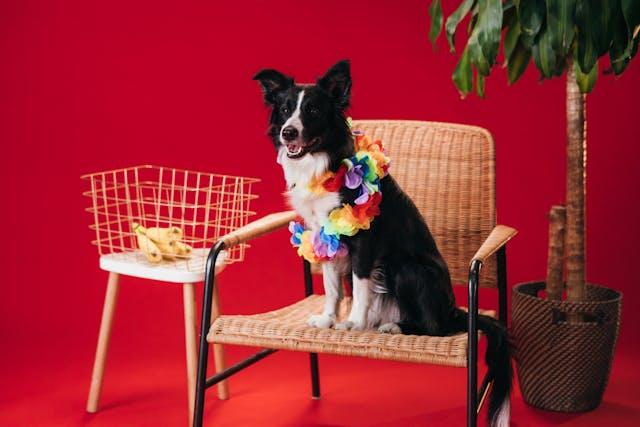
“Can dogs eat plantains?” Yes, dogs can eat plantains, but they should be cooked and given in moderation.
Plantains also known as Plantago, a close relative to the banana, offer a variety of vitamins and minerals that can be beneficial for your dog’s nutrition.
However, understanding the proper preparation and portion is essential to safely include plantains in your dog’s diet.

Can dogs eat sesame seeds? Yes, dogs can eat sesame seeds in moderation, as they are non-toxic and can be a healthy addition to their diet.
Sesame seeds are tiny, oil-rich seeds that come from the sesame plant.
While they’re packed with healthy fats, vitamins, and minerals, it’s important to understand how they fit into a dog’s diet.
We will explores the safety and nutritional aspects of feeding sesame seeds to dogs, ensuring pet owners are well-informed about incorporating this food into their pet’s regimen.
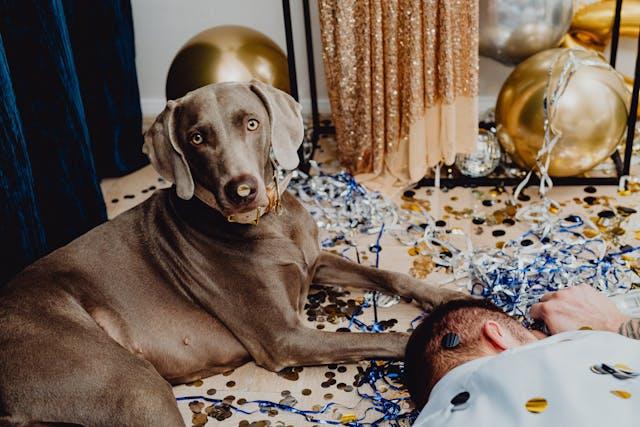
Have you ever wonder if Do Male Dogs Have Nipples? And the answer is Yes, male dogs do have nipples.
Just like their female counterparts, male dogs possess nipples as a part of their anatomy.
This common feature among mammals, including dogs, may surprise some pet owners, but it plays a part in the overall biological blueprint of the species.

Can Dogs Eat Persimmons? Yes, dogs can eat persimmons, but with some cautions.
Persimmons are non-toxic to dogs and can be a healthy treat in moderation.
Persimmons are sweet, delicious fruits that many people enjoy, especially during the fall season.
For dogs, persimmons can offer a good source of vitamins, such as vitamin C and A, and dietary fiber, which can aid in digestion.
However, there are a few things dog owners should keep in mind before sharing this tasty fruit with their furry friends.
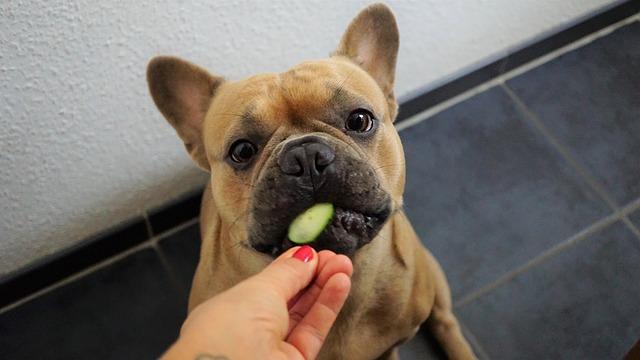
Can dogs eat okra? Yes, they can. Okra is not only safe for dogs to eat but can also offer various nutritional benefits when included as a part of their diet in moderation.
Okra, also known as “lady’s fingers,” is a flowering plant known for its edible seed pods.
It is rich in vitamins A, B, C, and K, and contains calcium, iron, magnesium, potassium, and zinc. Okra is also a good source of dietary fiber, which can aid in digestion for dogs.